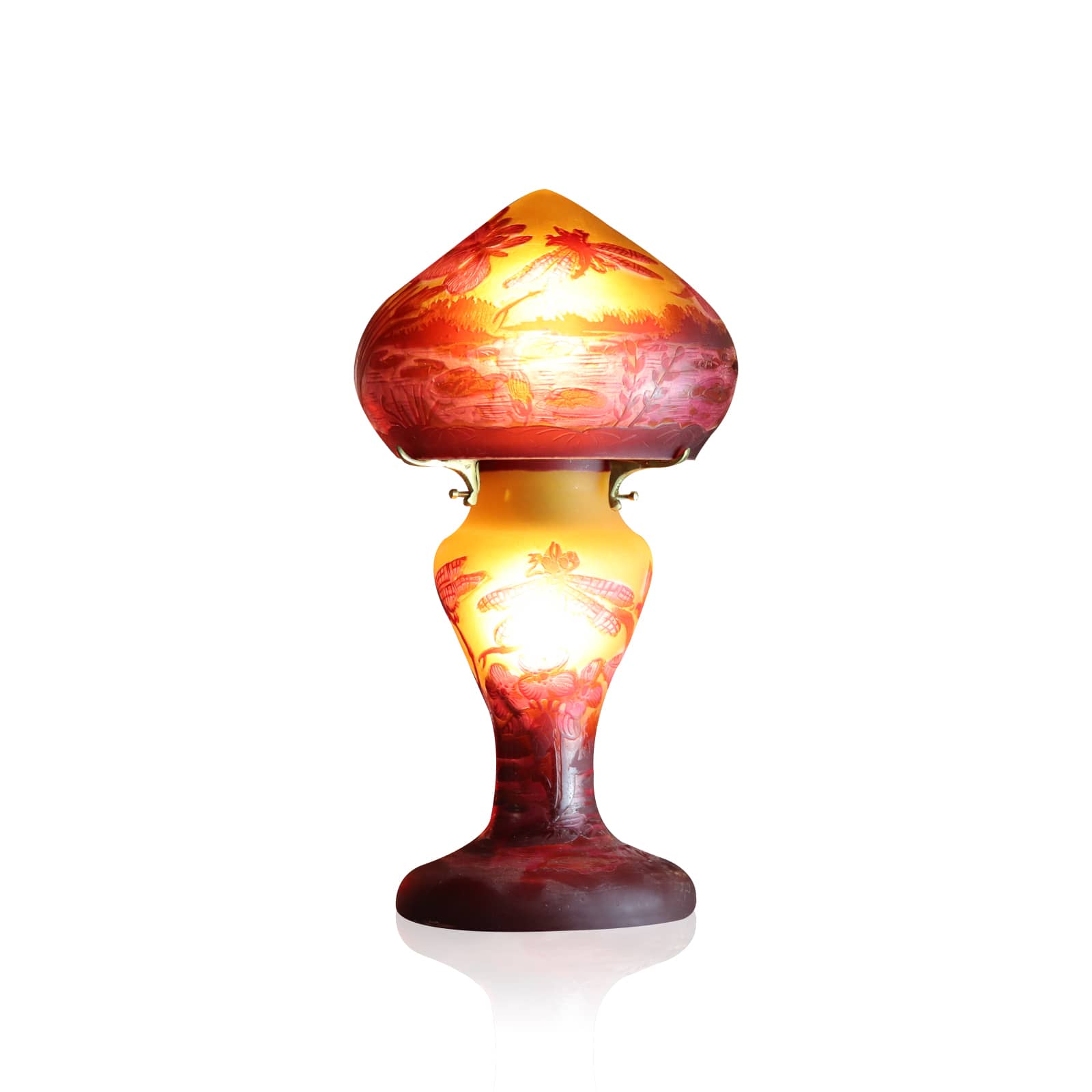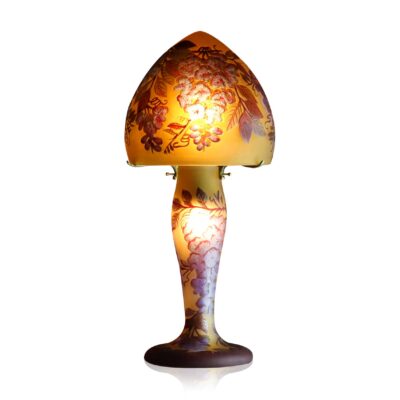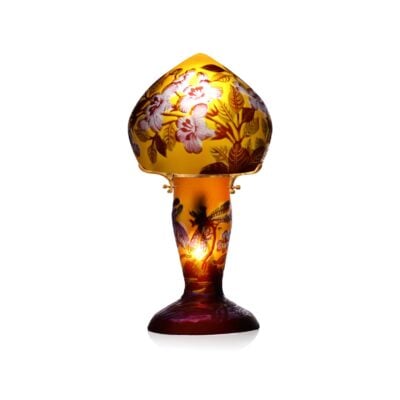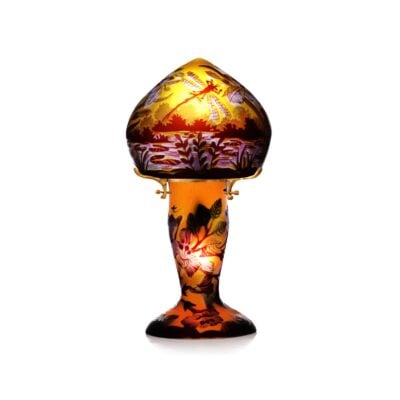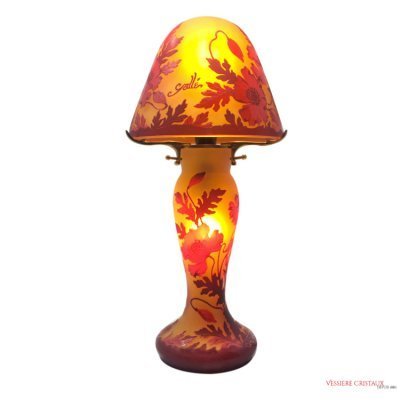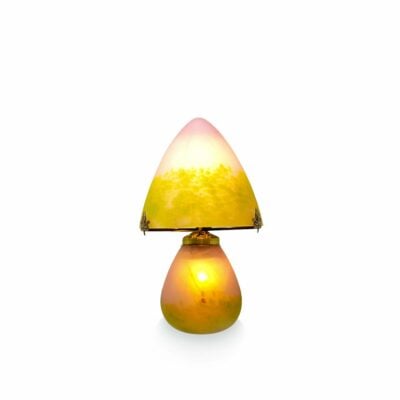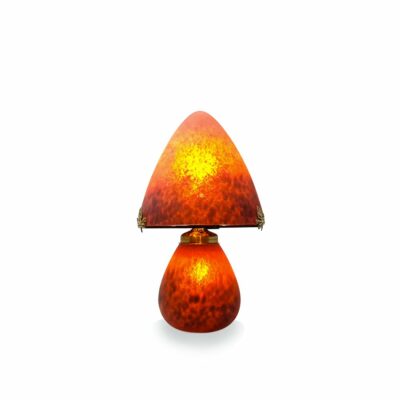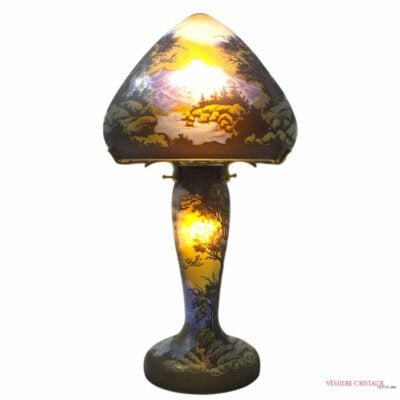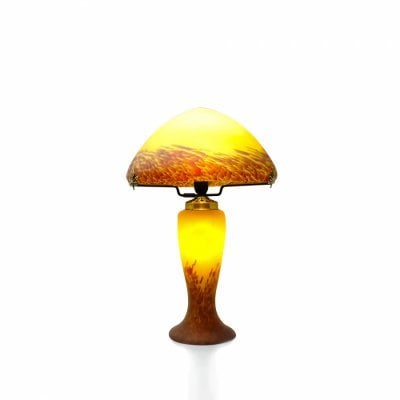WE PROVIDE INSURANCE FOR YOUR ORDER
With more than 138 years of experience, our export team takes the greatest care to package each order. A damaged product? We will send a new one. A lost parcel? We will send a new one. The shipping cost include an insurance break and lost.
CUSTOMER REVIEW
ENJOY TAXFREE
For a delivery outside the European Union, you can pay your order without VAT. Please, use the coupon code FREETAX into your cart.
RECEIVE A GIFT FOR EACH ORDER
We take care of our customers. For each order, you can select a gift in you cart. More you buy, bigger the gift is. Follow this link to discover the gift list.
WIN FIDELITY POINTS
We reward your fidelity. Each order allows you to win fidelity points, that you can use for your next order. Enjoy extra discount. Don't forget to creat an account or to login into it. Learn more ?
ADDITIONNAL INFORMATIONS
Symbol of the Art Nouveau Period, these lamps are creations of the same style as those of Emile Gallé. Multilayer glass, hot work, is a superposition by successive culling layers of glass of different colors. At first, the artist makes the drawing of the decor. This drawing then becomes a decorative pattern that is applied to the piece to reproduce the ornamentation. Using a varnish, the worker covers the parts of the room to be protected from acid attack. The piece can then be handcrafted in different ways, with a brush or in a bath.
♦ TIP GALLÉ LAMP :
Generally, the decorations of the lamps require doubled or triplets, more rarely four or five layers of glass.The work is complex and requires skilled glassmakers.
The different glasses that are applied to each other must have the same coefficients of expansion and elasticity, in order to prevent any break either during cooling or during cold-working glass. This last point becomes very difficult to achieve when superimposing up to three and four layers of different glasses.
The coefficient of expansion of the different colored layers, the identical thickness required for each layer of glass are all factors to be absolutely taking into account to avoid the destruction of the lamp. It often takes a lot of trial and error to achieve a satisfactory result.
The acid work proceeds as follows. At first, the artist makes the drawing of the decor. This drawing then becomes a decorative pattern that is applied to the piece to reproduce the ornamentation. With the help of a varnish, the worker covers the parts of the part to be protected from the attack of the acid. The lamp can then be handcrafted in different ways, with a brush or in a bath.

